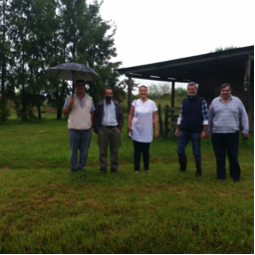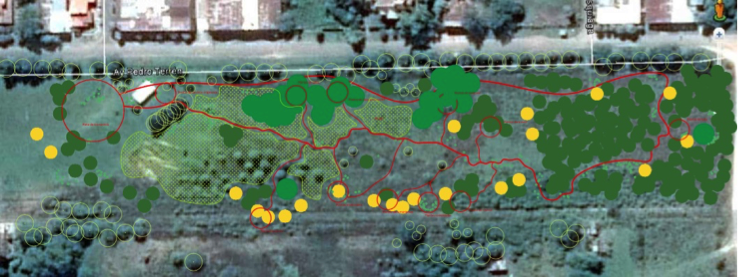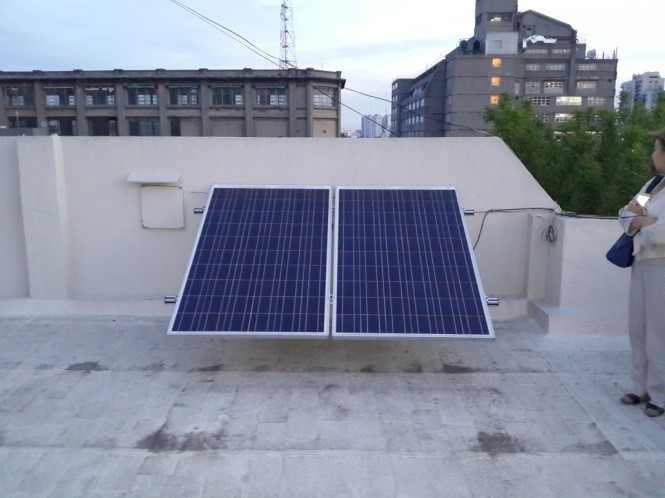 2016, San Antonio de Areco, Buenos Aires, Argentina
2016, San Antonio de Areco, Buenos Aires, Argentina
- EEST N°1. Students: Julio Gastón Zarate, Patricio Emilio, Juan de la Cruz Barroso, Juan Bautista Ojeda
This project is based on the school developing and creating three educational modules about how to use solar photovoltaic energy, hydraulic energy and wind energy. This project was implemented together with the UNSADA (San Antonio de Areco University).

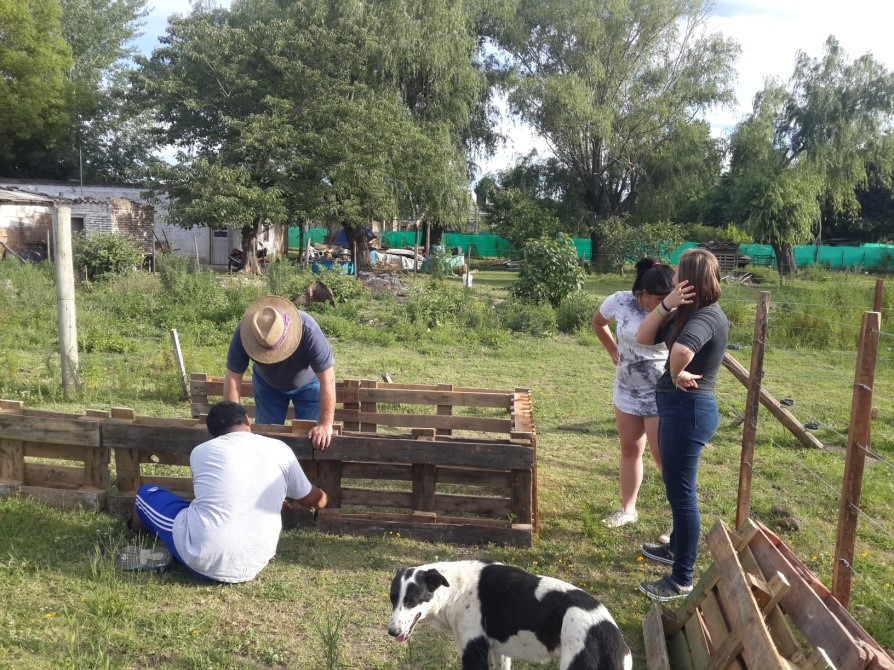 2016, San Antonio de Areco, Buenos Aires, Argentina
2016, San Antonio de Areco, Buenos Aires, Argentina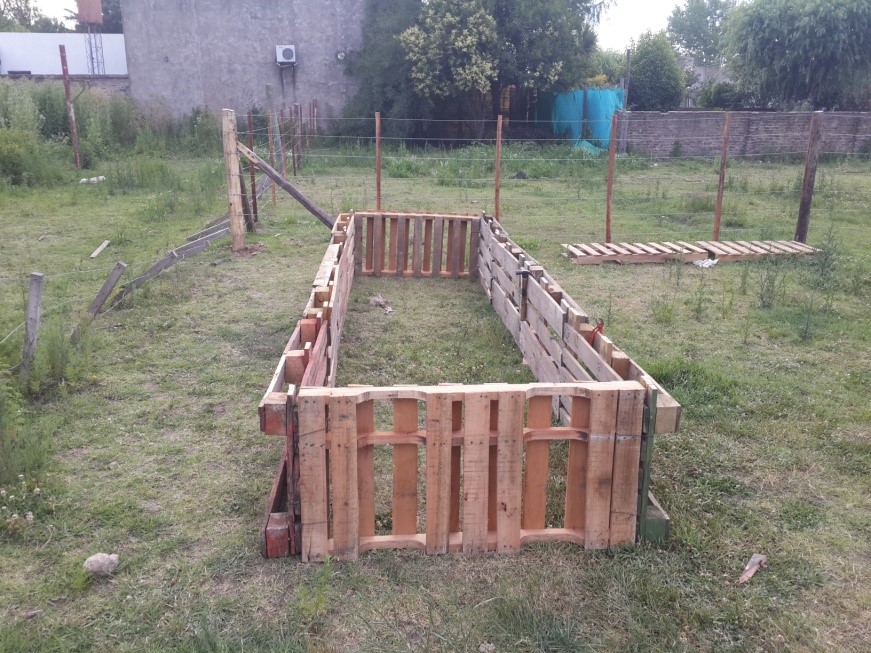 Students proposed the implementation of a worm compost (vermicompost) production module. The aim of this is that it will allow students to learn how to manipulate all aspects related to the production and selling of a natural fertilizer like worm compost (vermicompost), and it will enable them to imagine, in the near future, a local source of green work.
Students proposed the implementation of a worm compost (vermicompost) production module. The aim of this is that it will allow students to learn how to manipulate all aspects related to the production and selling of a natural fertilizer like worm compost (vermicompost), and it will enable them to imagine, in the near future, a local source of green work.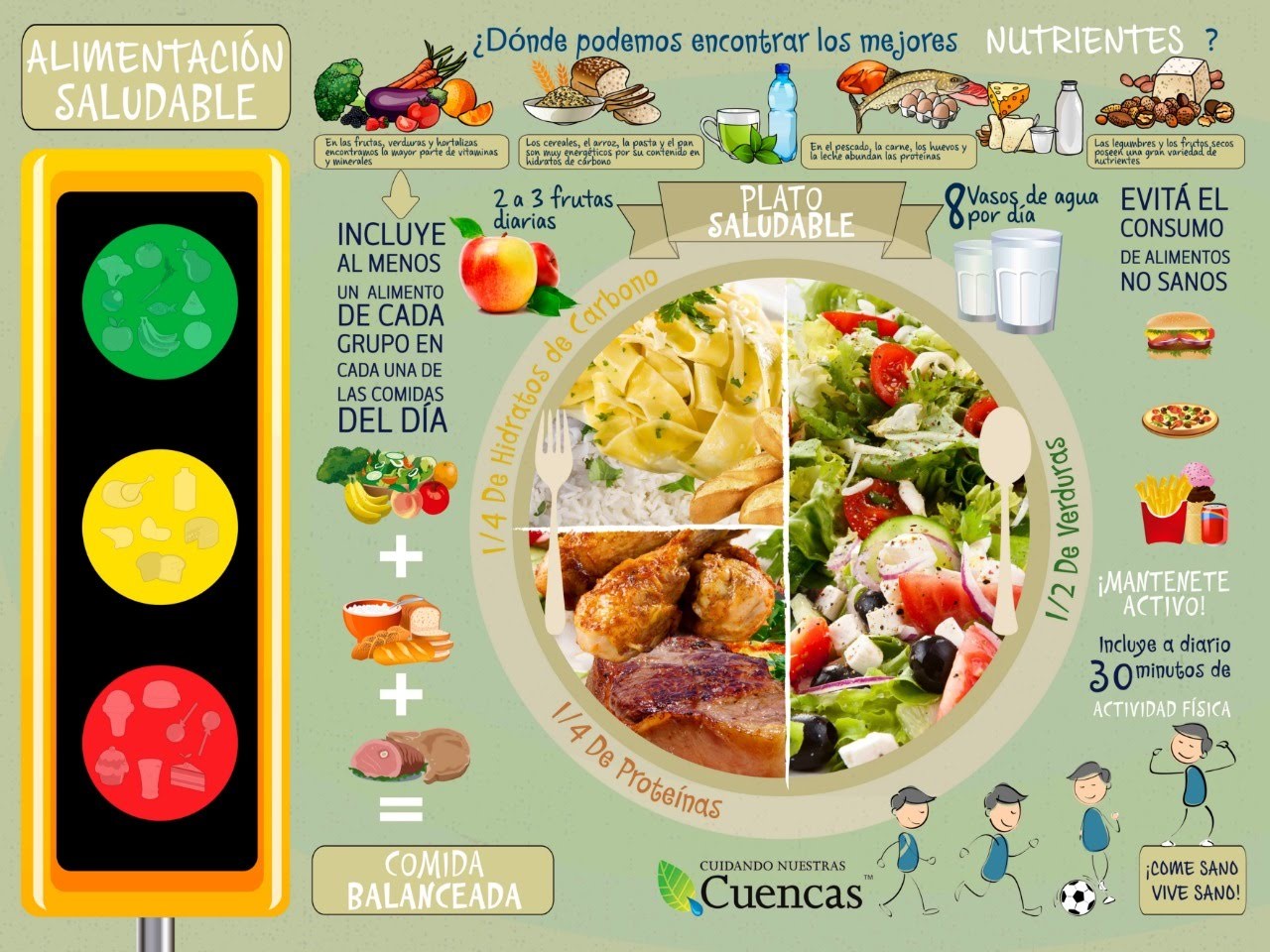
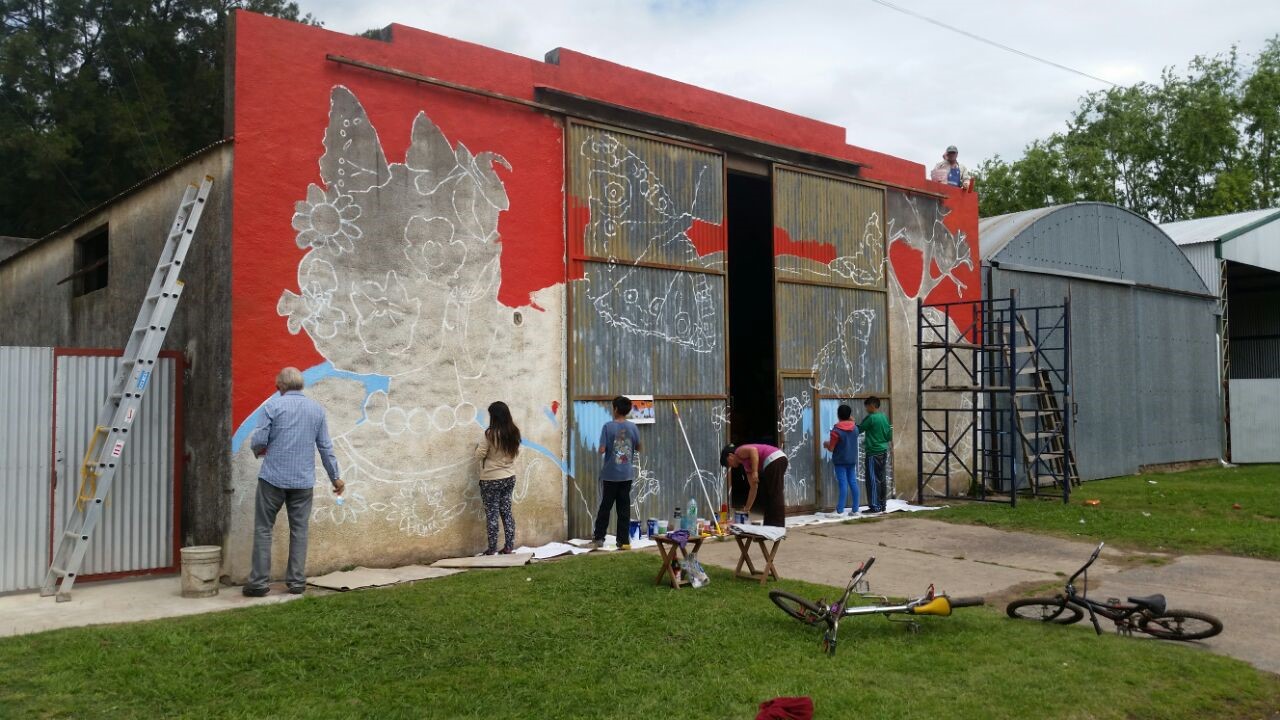 2016 Villa Espil, San Andres de Giles, Buenos Aires, Argentina
2016 Villa Espil, San Andres de Giles, Buenos Aires, Argentina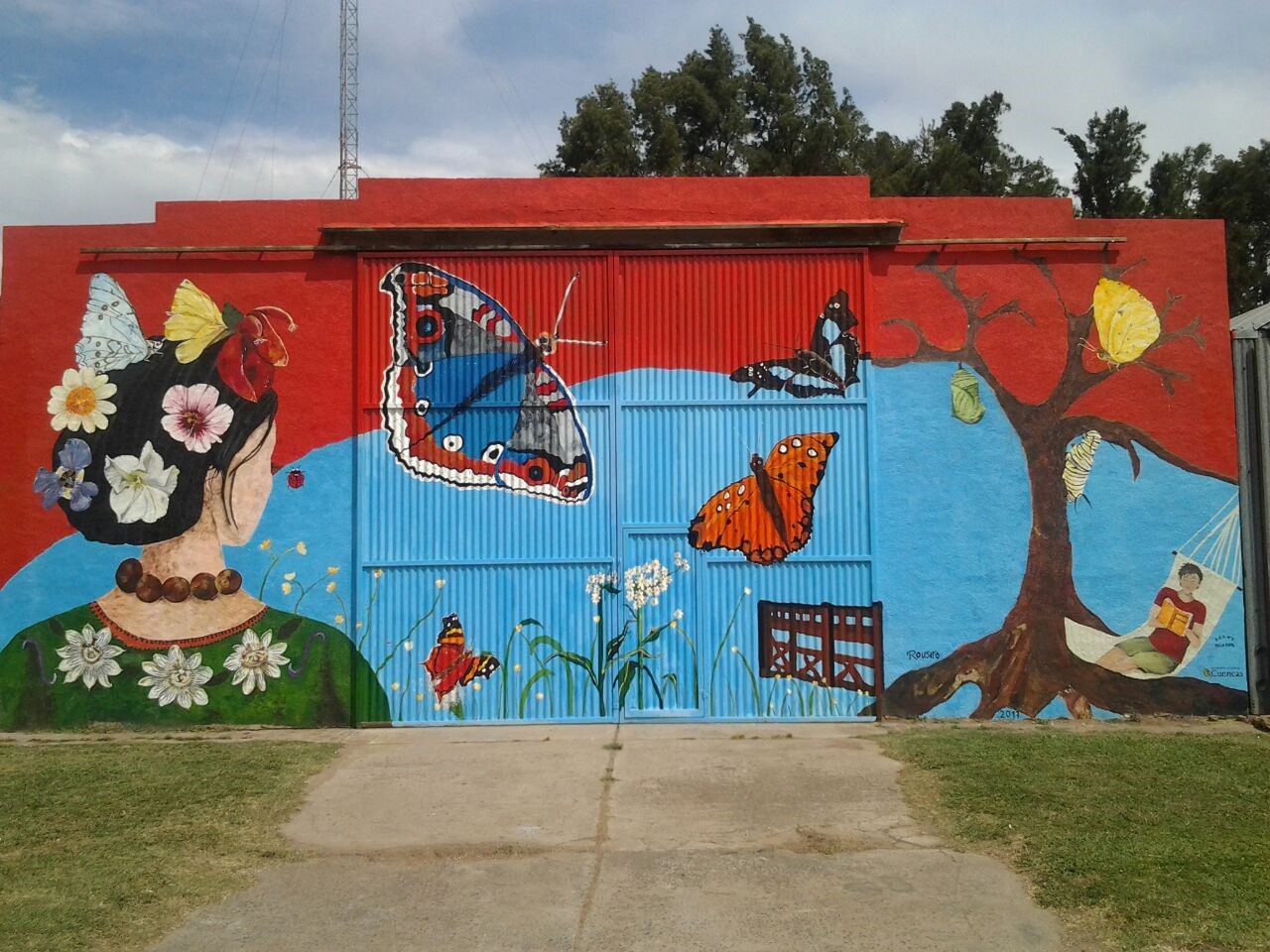
 2016, San Antonio de Areco, Buenos Aires, Argentina
2016, San Antonio de Areco, Buenos Aires, Argentina
 2016 San Antonio de Areco, Buenos Aires, Argentina
2016 San Antonio de Areco, Buenos Aires, Argentina


